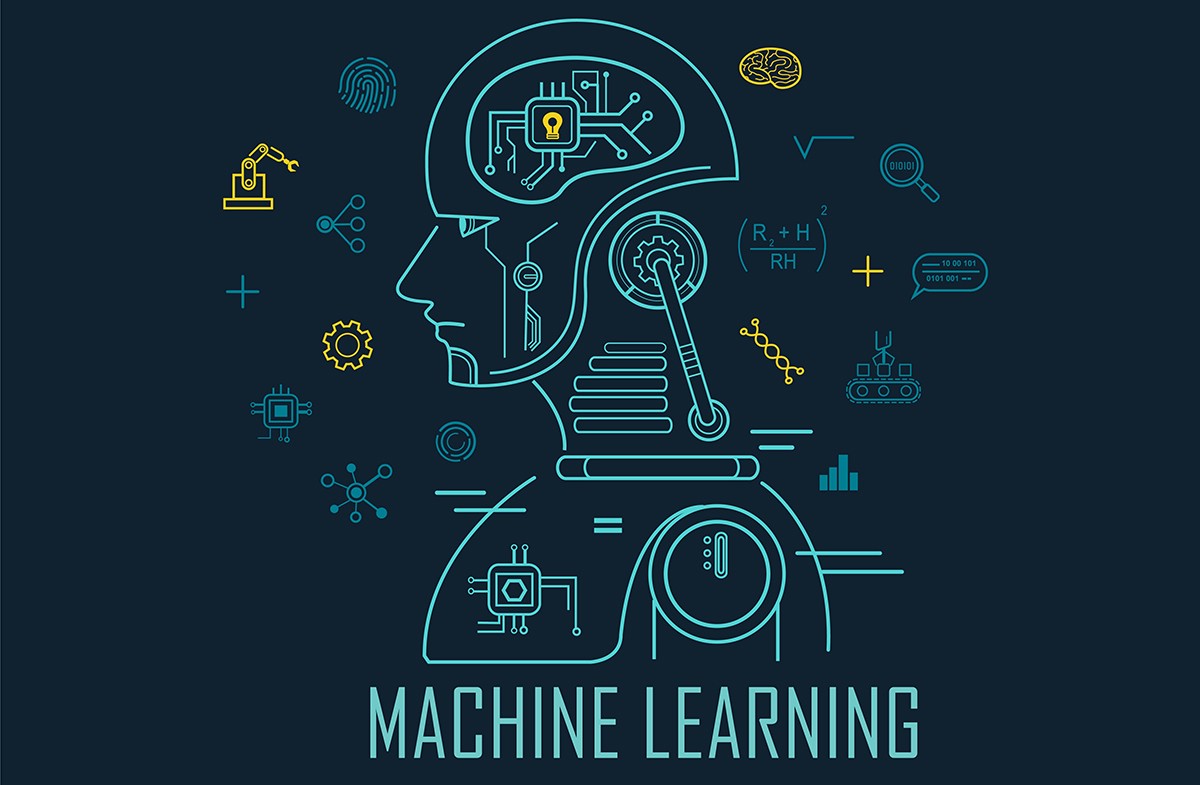In the past recent years, machine learning has been in the limelight. Everybody wants to be part of the next big thing, and emerging technology like machine learning is amongst one. The trend increased when Google, Apple, and Amazon started to use machine learning algorithms for various applications like AutoML, Siri, and Alexa. In addition, testing tools companies also started using machine learning to make automated testing tools better. This article covers the five important spheres of using machine learning in software testing.
Table of Contents
What is Machine Learning (ML)?
Machine learning is a pattern-recognition technology that can teach itself without external help using massive amounts of data. The data can be like numbers, words, images, clicks, and other actions. Mathematical models and other parameters are used to process the input data. ML algorithms use this data and improve its activities all the time. Any data that we can store digitally can be fed into a machine-learning algorithm.
Goals of Machine Learning in Testing
Software testing is always an essential part of the whole software development lifecycle (SDLC). The traditional Waterfall model was mainly composed of manual software testing that took significant time and effort. Then came Agile, testing approaches changed, and companies started to adopt automated testing to release the software frequently and early in the market.
Now, machine learning is transforming software testing in ways that could not have been dreamt of a few years ago. This includes simplicity in test creation, reducing test maintenance effort, and driving new ways to assess the test results. For example, testing applications that don’t always return the same output requires new approaches, which is not possible using the traditional tool like selenium. Here, a typical automated testing approach will fail, and a false positive result will be achieved. In machine learning, a programmer writes the algorithm to read the input data and its desired behavior, and the ML testing tool elaborates the logic. The major purpose of machine learning testing is to ensure that this learned logic will remain consistent, no matter how many times a test script is executed.
ML can consume tons of complex information, find predictive patterns, and then alert you to predict those differences. That’s why ML technology is very powerful. However, machine learning in testing is about to change it in many ways.
1. Faster Test Creation
Machine learning in testing assists in creating the tests by simply clicking and going through the application step by step. This strategy helps write the tests faster. Creating tests like this takes minutes as the underlying tool uses ML. The tool also builds the ML models by learning huge amounts of data. For example, it can learn what button is pressed, which application flow is used, and which type of locator has been used to identify elements.
2. Reliable Automated Tests
It’s very common to face a situation where automated tests fail due to some small UI changes like renaming a field ID. UI changes are automatically adjusted if the test scripts are written using a tool that supports machine learning. This approach reduces the test maintenance effort and makes the test more robust and reliable. These tools start learning the application behavior, understanding the relationships between different application routes, and learning about the changes that happen in the UI. Once the tool learns this behavior, it automatically starts applying its decision at run time. So, the automated tests remain stable even if your application keeps on changing.
3. Visual Automated UI Testing
Visual testing is an activity that verifies that the application UI appears correctly to users in terms of color, shape, position, and size. The visual differences that human testers would most likely miss can be easily detected by using ML-based visual validation tools.
4. API Testing
Many software applications rely heavily on the backend, and these establish interaction with each other through countless APIs. They leverage existing complex systems and grow in complexity every day. An increase in complexity also leads to its fair share of challenges that can be overcome by using machine learning in testing. ML testing tools apply AI to test the API where there is an absence of a user interface. Using a machine-learning algorithm to test the big data API will ease the software testing effort for teams.
5. Better Test Results Analysis
Machine learning in testing can assist in doing better test analysis. The tests scripts that are written using traditional tool often gives false positives which consume a lot of analysis time. Since machine learning in testing helps to write robust and self-healing tests. So, if a test case is reported as failed, then there is less chance of having it as a false positive. It can be a real failure that the tester has to analyze. So, less time will be required to analyze the test results.
Wrapping Up
The explosive growth of AI in different technology sectors has shown its colors in software development, including software testing. ML in software testing is advancing rapidly, aiming to make software release more straightforward and reliable. It provides more incredible support in fast-writing self-healing tests, UI testing, and quick test results analysis. ML testing has a couple of characteristics. The best results are achieved if you test the quality of data, not just the model, and go through a couple of iterations in the application to get the best quality results. It will be interesting to see the future developments in software testing empowered with machine learning. The industry’s expectation is faster, effective, efficient, and less costly software testing tools.








